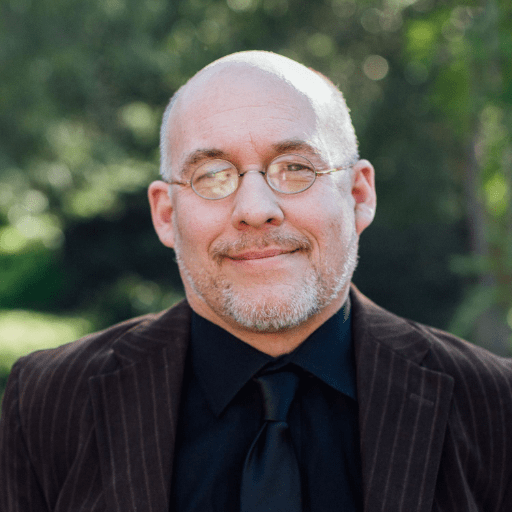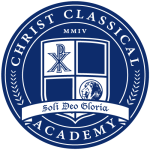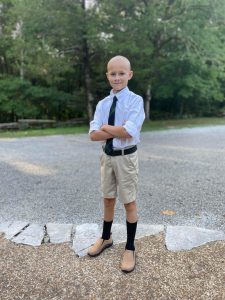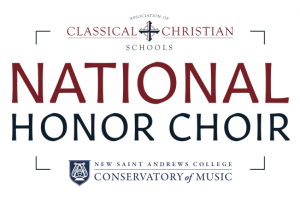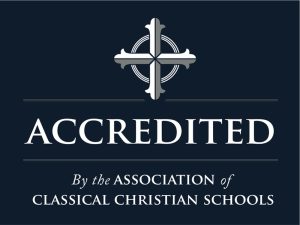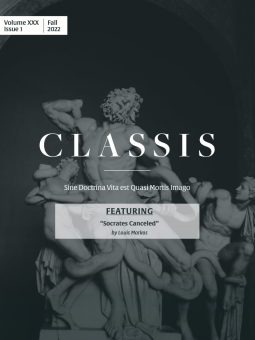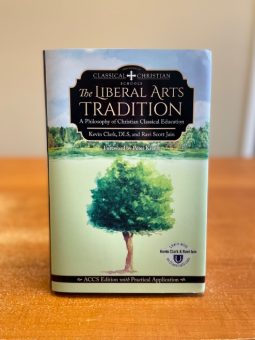Track Plenary & Workshop Speaker
Workshop – Perspective is Everything
A major achievement of the Florentine Renaissance is the understanding of the mathematical basis of perspective. Among other contributors, the two main figures who contributed to this difficult project were Filippo Brunelleschi and Leon Battista Alberti. They asked: How does one accurately imitate the three-dimensional world in a two dimensional painting or drawing? The result was nothing less than a revolution in optics, vision theory, painting, and the relationship between science and art – and a new way of looking at the world.
Track Plenary – Who and What is Da Vinci’s ‘Vitruvian Man,’ and Why Should You Care?
Leonardo’s ‘Vitruvian Man’ (ca. 1490) is among the most recognizable images in all of human history. It is not just a piece of Renaissance art; it has also become a sort of ultimate meme. This little drawing is also a marvelous metaphor for classical Christian learning, as it is built upon the Trivium, the Quadrivium, and the Nature of Man while pointing to the Being of a God of beauty, order, and design.
Dr. Grant Horner is a senior rank Full Professor of Humanities at The Master’s University, just north of Los Angeles, where he specializes in the Renaissance, Reformation Historical Theology, Art History, and Classics.
He was educated at Duke, UNC Chapel Hill, the University of Alabama, and Claremont Graduate University. He has been teaching at the university level for 30 years, and has published numerous articles and books on Renaissance literature; 16th and 17th century theology; the Puritan John Milton; Classical learning; Bram Stoker’s Dracula; and film and theology.
He is a National Council Alcuin Fellow in the Society for Classical Learning, and is Founder and Director of two academic programs at Master’s: The TMU in Italy summer abroad program based in Florence, and the BA program in Classical Liberal Arts. He lives in northern Tuscany every summer with his wife and a group of very eager students, in a villa built in 1409. He and his wife have three children and eight grandchildren.

